Fan base: how a vintage Breitling collector forged the path to the brand’s design future
Breitling, the classic aviation watch brand, is undergoing as thorough a brand reinvention as you’re ever likely to see, shifting its focus, cleaning up and, above all, re-connecting with its past. While the first two require experience and imagination, the last needs knowledge. But when Breitling’s new owners turned up, they discovered only the basics of an archive for a brand that spans 133 years of production. Heritage, of course, is the nucleus around which great brands thrive. So, It was a seriously savvy move by new Breitling CEO Georges Kern to turn to a fan - the esteemed Breitling collector Fred Mandelbaum, the most authoritative source on Breitling’s history around, known to aficionados as @watchfred. It is Mandelbaum and his fabulously tended personal collection, then, that have filled in the sizeable gaps, creating a springboard for a future with its roots in the past.Here's our pick of the best classic watch design..

Pilot Ref. 768, by Breitling, from private collections
The first new collection, the Navitimer 8, under Breitling’s new leadership looks straight back to pioneering pilot’s watches produced in the company’s 'Department 8' during the 1930s, such as the Ref 768, from which derive the knurled bezel and simple, direct and uncluttered dial.
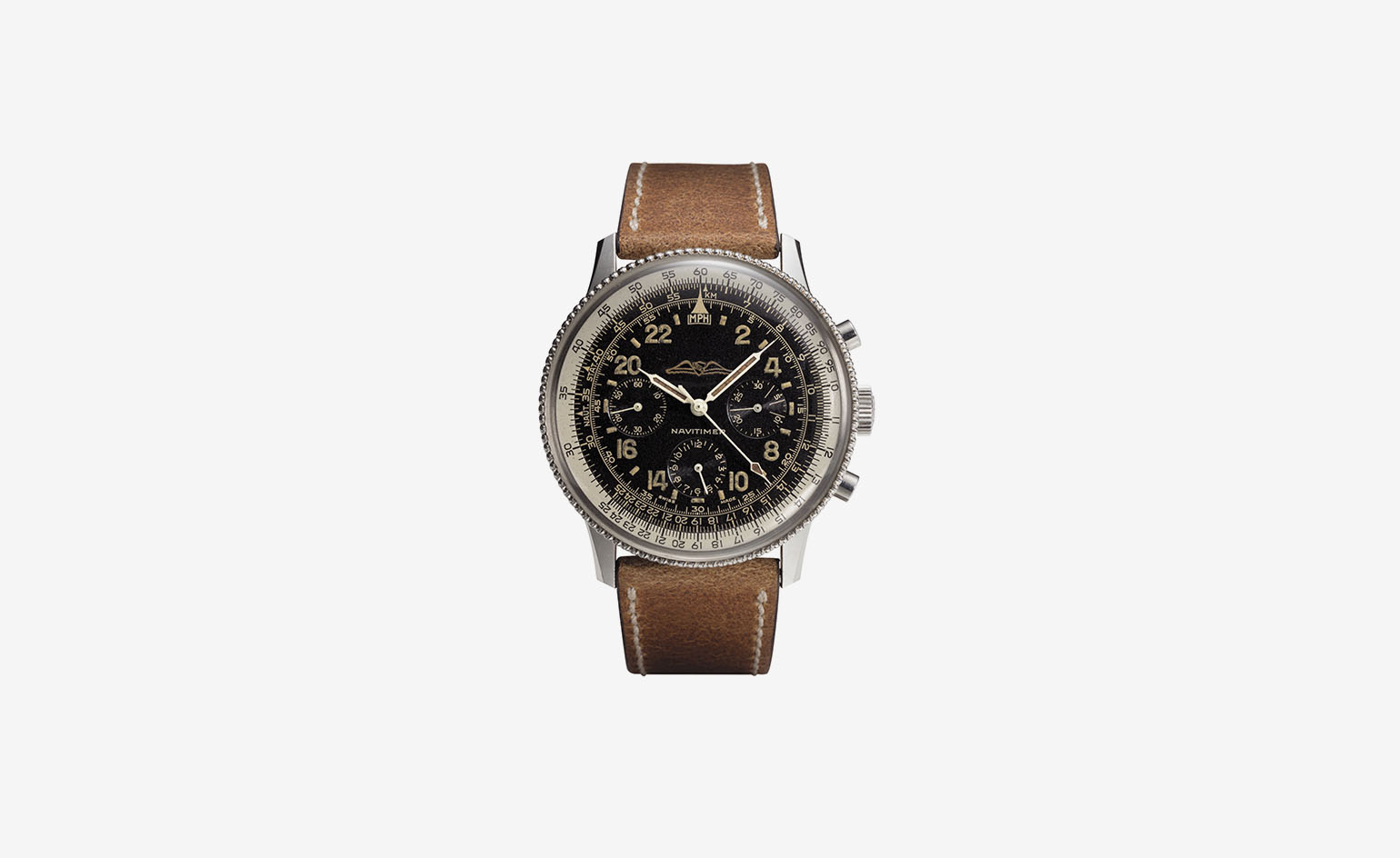
Cosmonaute AOPA All-Black, Ref. 809 Wide-Bezel, by Breitling, from private collections
The Navitimer remains Breitling’s most distinctive design and the watch that defines the brand more than any other. While the slide-rule bezel was originally intended for engineers, its value to pilots became quickly apparent. US astronaut, Scott Carpenter, requested a 24 hour dial version, which became Ref 809 Cosmonaute.
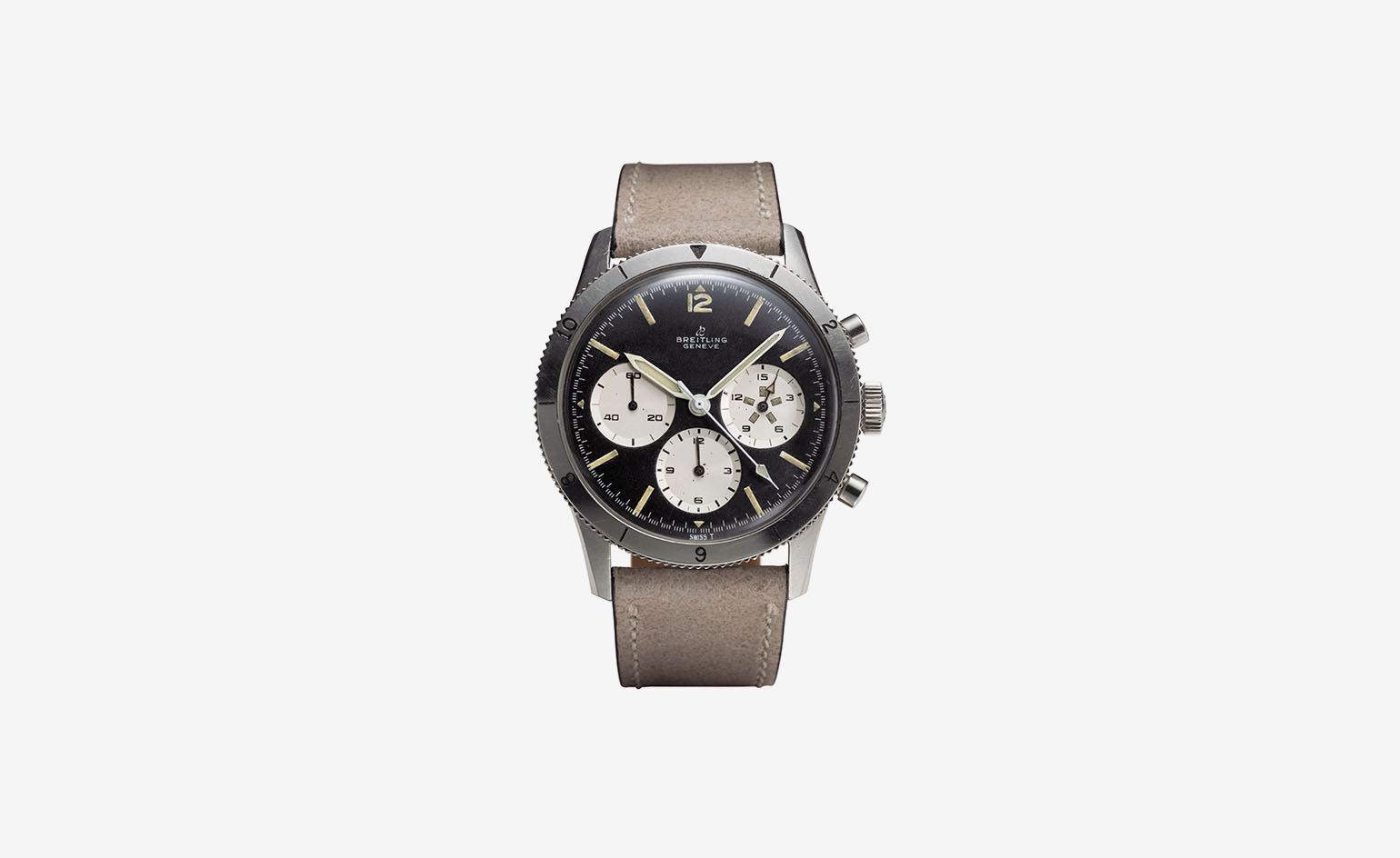
Co-Pilot Ref. 765 ‘AVI’ MK2.1, by Breitling, from private collections
Breitling’s heritage is bound up in the technical development of the chronograph and was a key supplier to militaries around the world. The 765 was Breitling’s top spec chronograph, built around a Venus movement that was the best of its time, it was anti-magnetic and was designed to be precisely legible, particularly in low-light conditions. Stylishly utilitarian, the 756AVI Mk2.1 was worn by Raquel Welch in her 1967 film, Fathom.
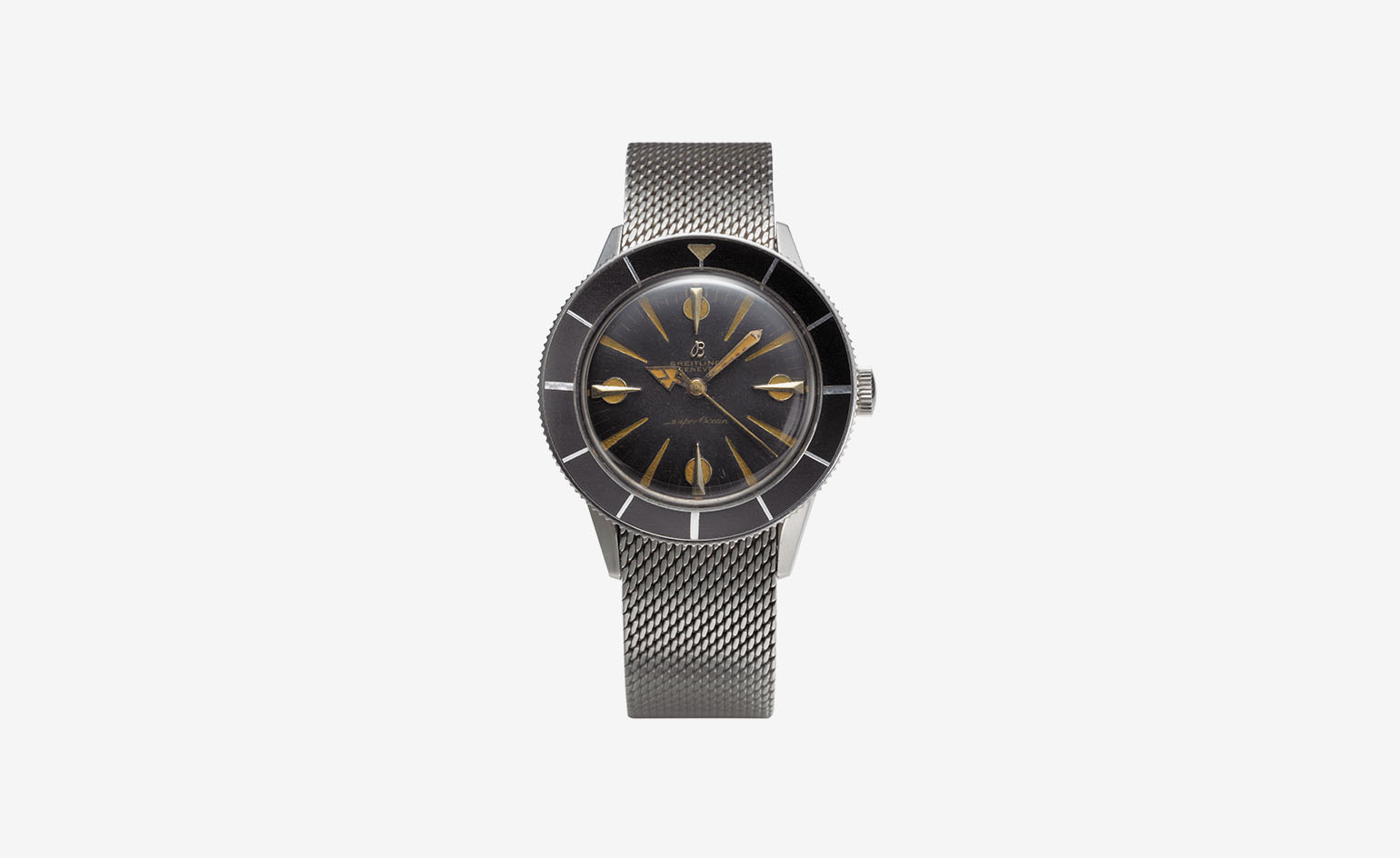
Superocean Ref. 1004, by Breitling, from private collections
Breitling have promised to give the SuperOcean diving watches a refresh. The design for 1957 Ref 1004, the company’s first divers’ watch balanced serious functionality with a details such as the hour markers and bezel profile that captured the 50’s spirit of technological change.
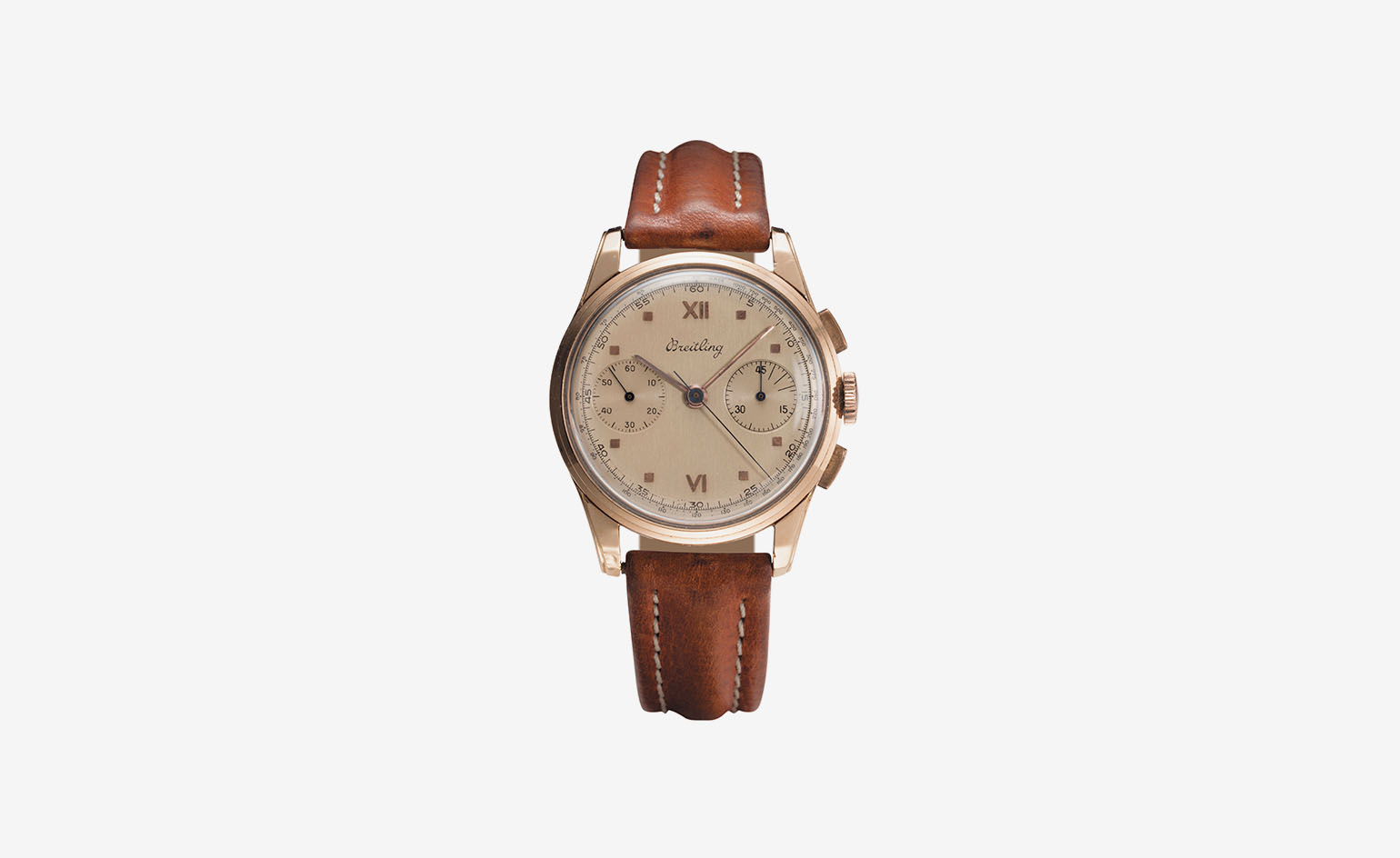
Premier 18K Ref. 760, by Breitling, from private collections
Breitling’s recent past has leant towards the overtly technical, almost machismo, but the pink gold Ref 760 Premier from 1943 shows that Breitling didn’t only produce high-value dress watches, but could do so with a sparse elegance that’s still relevant now. Note, for example, the simple treatment of the logo and the way the hour markers line up with the roman numerals.
Receive our daily digest of inspiration, escapism and design stories from around the world direct to your inbox.
James Gurney has written on watches for over 25 years, founding QP Magazine in 2003, the UK’s first home-grown watch title. In 2009, he initiated SalonQP, one of the first watch fairs to focus on the end-consumer, and is regarded as a leading horological voice contributing to news and magazine titles across the globe.
-
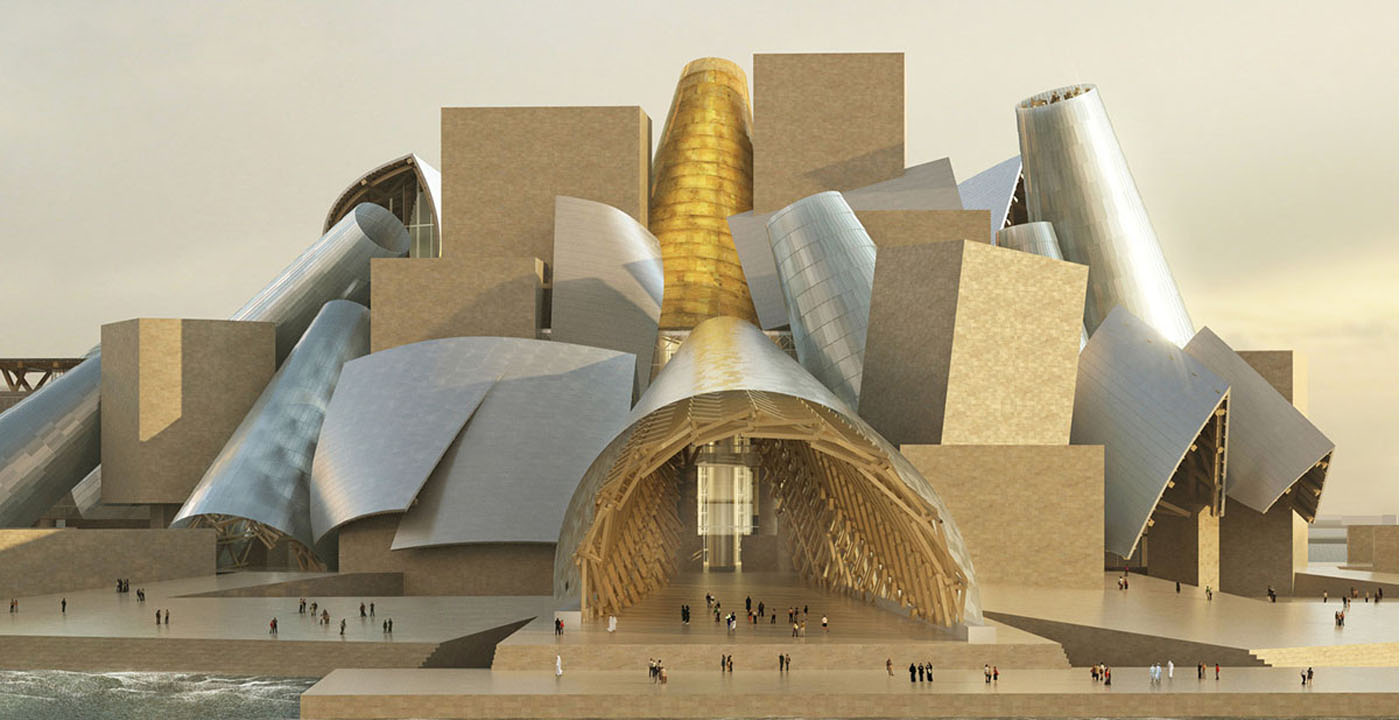 The eight hotly awaited art-venue openings we are most looking forward to in 2026
The eight hotly awaited art-venue openings we are most looking forward to in 2026With major new institutions gearing up to open their doors, it is set to be a big year in the art world. Here is what to look out for
-
 This modern Clapham house is nestled indulgently in its garden
This modern Clapham house is nestled indulgently in its gardenA Clapham house keeps a low profile in south London, at once merging with its environment and making a bold, modern statement; we revisit a story from the Wallpaper* archives
-
 The new Tudor Ranger watches master perfectly executed simplicity
The new Tudor Ranger watches master perfectly executed simplicityThe Tudor Ranger watches look back to the 1960s for a clean and legible design